The buried thread weight loss method may cause side effects such as infection, local redness and swelling, and allergic reactions, and should be carefully selected. By choosing formal institutions, postoperative care, and observing physical reactions, risks can be effectively reduced.
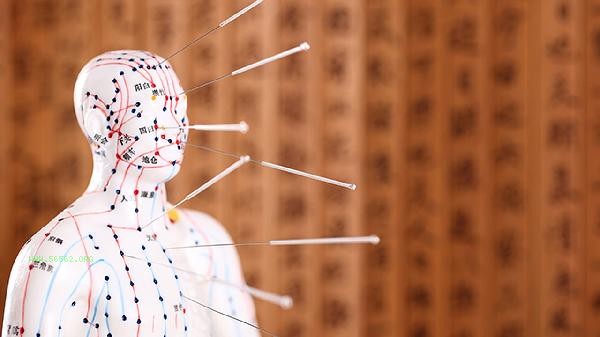
1. Infection is one of the common side effects of the thread embedding weight loss method. During the wire embedding process, if the instruments used are not thoroughly disinfected or the operation is not standardized, it may lead to bacterial infection. The symptoms of infection include local redness, swelling, pain, fever, etc. To avoid infection, qualified medical institutions should be selected to ensure a sterile operating environment and keep the wound clean and dry after surgery.
2. Local redness and swelling are common reactions after thread embedding. During the thread embedding process, the needle piercing the skin may cause slight damage to surrounding tissues, leading to local redness and swelling. Usually, redness and swelling will subside on their own within a few days, but if it persists or worsens, it may be a sign of infection or other complications. After surgery, vigorous exercise should be avoided, local cleanliness should be maintained, and if necessary, cold compress can be used to relieve symptoms.
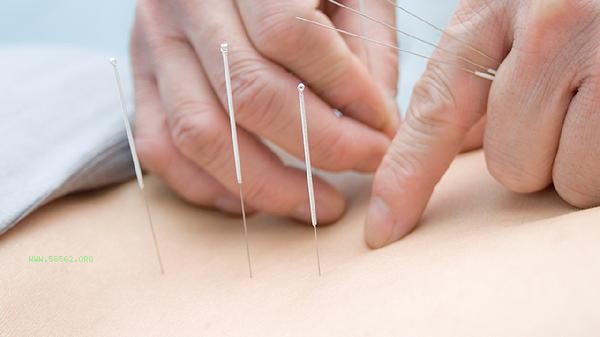
3. Allergic reactions are a potential risk of the thread embedding weight loss method. The buried thread material is usually absorbable protein thread, but some people may be allergic to the ingredients in the material, experiencing symptoms such as itching, rash, and even difficulty breathing. Allergy testing should be conducted before surgery to understand one's tolerance to the material. If an allergic reaction occurs, seek medical attention promptly.
4. The buried thread weight loss method may also cause other side effects, such as hardening of the buried thread area and exposure of the thread head. Hard lumps are usually formed by local tissue reactions after thread embedding, and most of them can be absorbed on their own. However, if the hard lumps persist or are accompanied by pain, medical examination is necessary. Exposed thread ends are often caused by shallow thread embedding or improper postoperative care, and should be treated promptly to avoid infection. As a minimally invasive weight loss method, although the thread embedding method is easy to operate, it is not suitable for everyone. Before making a choice, one should fully understand their own physical condition and consult a professional doctor for advice. After surgery, it is necessary to closely observe the body's reactions and seek medical attention promptly if there are any abnormalities. Through scientific and reasonable operation and care, the risk of side effects can be minimized to ensure the effectiveness and safety of weight loss.
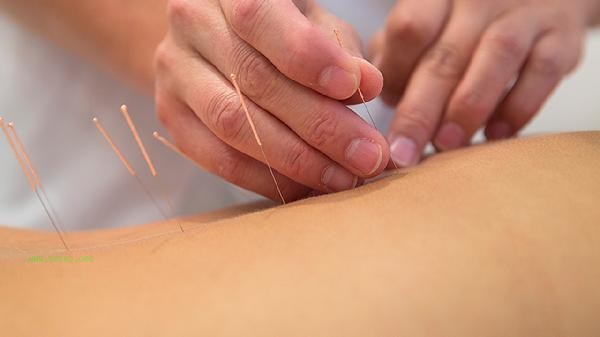

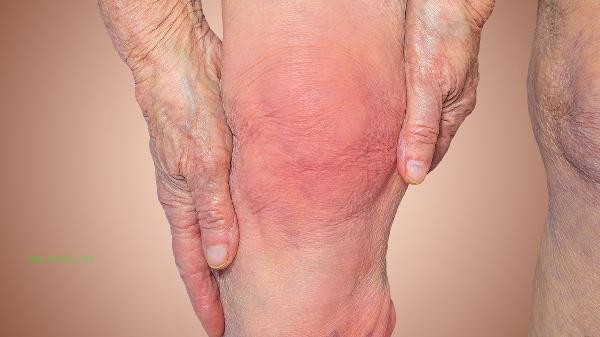
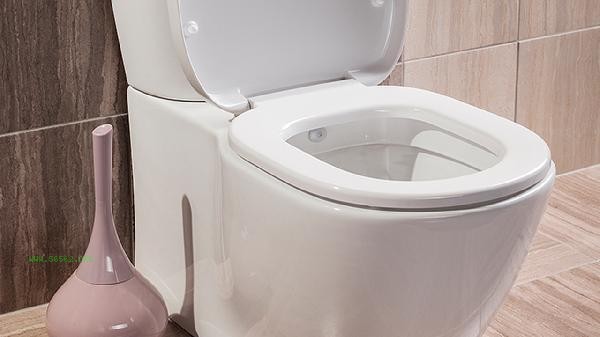
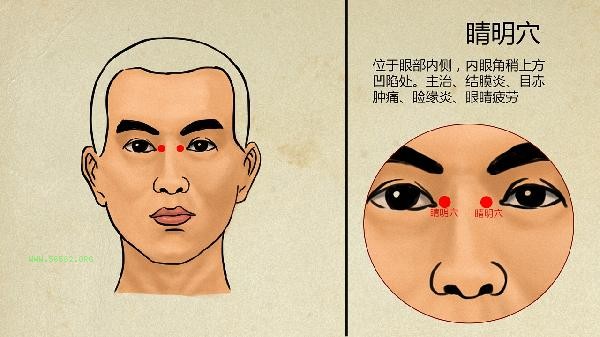
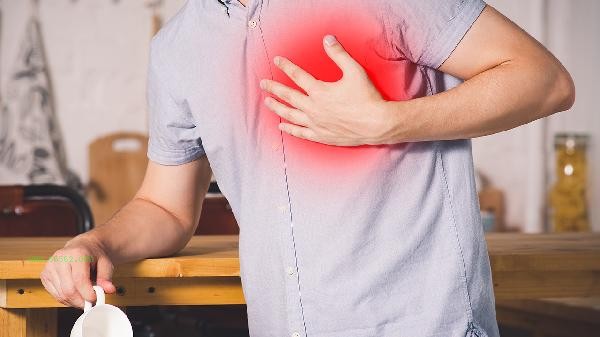
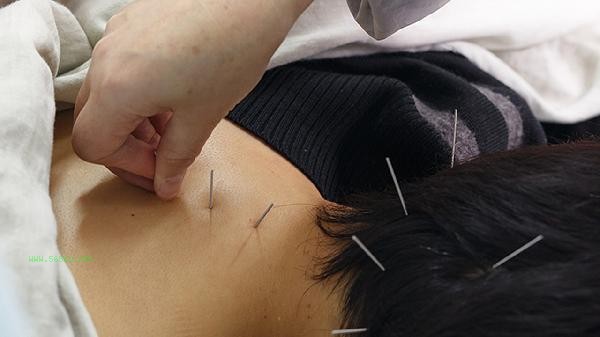


Comments (0)
Leave a Comment
No comments yet
Be the first to share your thoughts!